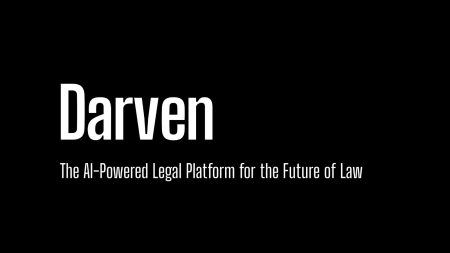Summarize this content to 2000 words in 6 paragraphs
Marcelo Calbucci is the author of The PRFAQ Framework, with insights and guidance for adapting Amazon’s strategic process for use in startups and other businesses. (GeekWire Photo / Todd Bishop)
This week on the GeekWire Podcast: An inside look at Amazon’s classic process for strategic thinking and decision-making, with a former Amazon product and technology director who has written a new book about the documents used by the company to determine its direction. What can others learn from its approach?
Plus, we discuss this moment in Amazon’s history, as employees return to the office five days a week; and check in on the state of the Seattle startup world.
Our guest is Marcelo Calbucci, a serial entrepreneur and longtime Seattle startup community leader who has worked for both Amazon and Microsoft. His new book is The PRFAQ Framework: Adapting Amazon’s Innovation Framework to Work for You. It’s available in hardback and Kindle.
Calbucci has also created a giveaway contest for GeekWire readers and listeners. Enter here for a chance to win a copy of the book.
Listen below, and subscribe to GeekWire in Apple Podcasts, Spotify, or wherever you listen. Continue reading for highlights.
PRFAQ stands for Press Release and Frequently Asked Questions. The idea is to imagine the future, and work backwards from there. It’s also known as a six-pager.
In the book, Calbucci offers these five principles for the PRFAQ:
1. Customer-centric: It starts from the customer, and it captures their needs, pain points, or desires. It captures how customers are being (under)served today, who they are, and what matters to them.
2. Aspirational: It’s an aspirational vision that is feasible, viable, usable, and valuable.
3. Clear, concise, and coherent: It presents the project in its best possible light. It’s easy to understand by the people involved in the project, and it’s logical.
4. Truth-seeking: It is a mechanism to learn and discover. It’s not a way to manipulate opinions or force ideas onto people. It evolves at each round of review, improving its accuracy.
5. A strategic decision-making tool: It’s a tool to decide if the team should pursue a project, why, and when.
“I think the biggest value in the PRFAQ is not the document itself,” Calbucci said. “It’s the process of creating the document and everyone that gets involved in that.”
Although he saw the value of the process at Amazon, he noticed that it wasn’t widely adopted outside the company. He learned that when people tried to use the PRFAQ process at other companies, they faced resistance because the people involved didn’t understand how to write or use it effectively.
That’s where the book comes in. The idea was to provide a resource for understanding and implementing the PRFAQ process, to help not only the people creating the PRFAQs, but also others participating in the process.
What about AI? While artificial intelligence can be valuable, in general, for research and basic summarization, etc., the PRFAQ demonstrates the value of the human process of creation and collaboration.
“The problem with generative AI is that it takes away from your thinking,” Calbucci said. “When AI is doing the writing for you, then you’re not doing the reasoning and the thinking, and that doesn’t help you find the truth in an opportunity, or a product, or a business.”
Listen to the conversation above, and see theprfaq.com for more on the book.
Audio editing and production by Curt Milton.















